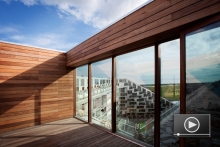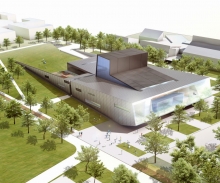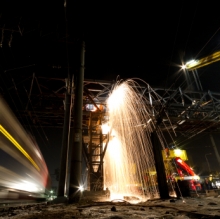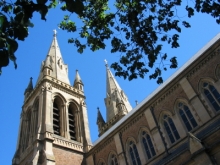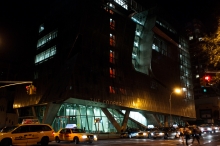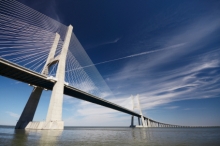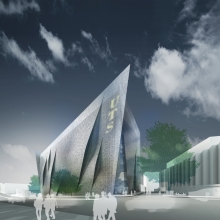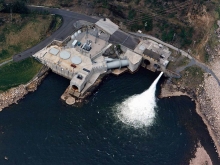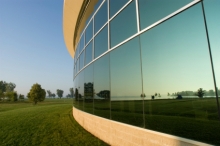As one of the famous Rs that rings so loudly in the vocabularies of environmentalists and sustainability advocates, reuse is finding its way into green design -- manifest in everything from reupholstering furniture to giving an end table a fresh coat of paint. On a larger scale, however, sustainable design has broken new ground by converting religious spaces (yes, pun intended) for new, fresh, and sometimes highly creative purposes. The adaptive reuse of churches, like any other repurposing project, can be met with costs and challenges. It would seem, however, that resurrecting these spaces can provide great benefits not only for the environment but for businesses and communities as well.
